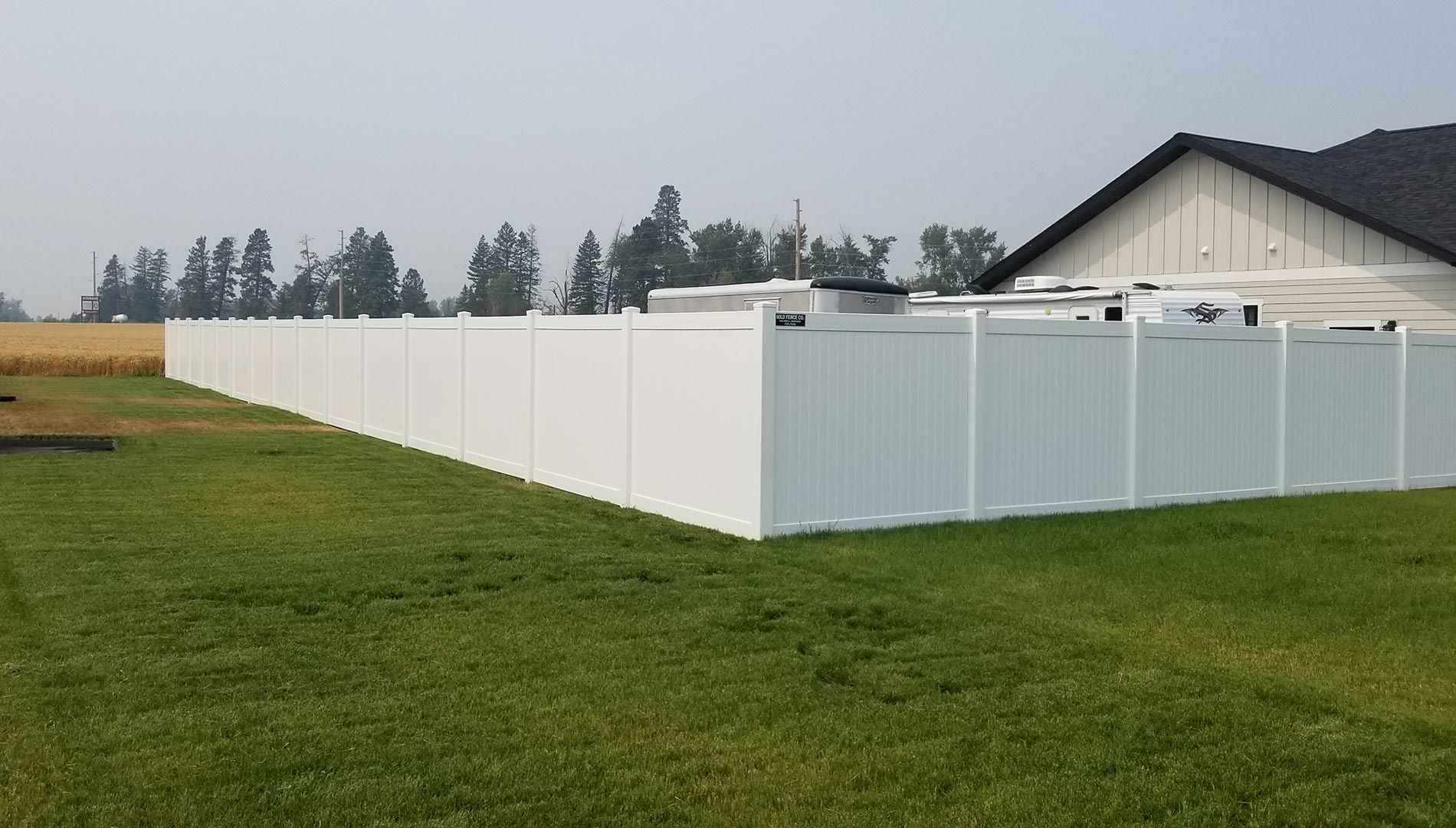You don’t need a professional to keep your fence in great shape. With the right equipment and some basic knowledge, you can easily handle common fence problems on your own. Here’s how to do basic fence maintenance yourself.
What You Need to Maintain Your Fence Yourself
Before diving into fence maintenance, make sure you have the right tools on hand. Here's a list of essentials for most DIY fence care projects:
- Hammer – For repairing loose nails or fixing broken boards
- Screwdriver – Perfect for adjusting screws in both wood and metal fences
- Post Level – Ensures your fence posts stay perfectly vertical
- Paint or Stain – Using paint or stain protects wood from the elements and prolongs its lifespan.
- Wire Cutters – Useful for trimming wire fences or cutting away tangled vines
Step-by-Step Fence Repair Guide
Repairing a Loose Board
If you notice a loose or damaged board, fixing it is relatively simple:
- Use a hammer or screwdriver to remove any loose nails or screws.
- Align the board with the rest of the fence and secure it with new nails or screws.
- Consider adding a corner bracket or additional reinforcement to ensure stability.
How to Stain and Seal Wooden Fences
Sealing and staining your wooden fence is crucial for protection against the elements and preserving its appearance:
- Start by cleaning the fence well to remove any dirt, debris, and mildew.
- Pick a stain or sealant that is designed for outdoor use.
- Use a brush or sprayer to apply the stain, starting from the top and working your way down.
- Let the stain dry fully before using the fence again.
Recognizing When You Need Professional Fence Help
Some fence issues go beyond DIY repairs. While simple tasks like tightening screws or replacing damaged boards are easy, complex problems might need expert attention:
- Extensive structural damage, such as leaning posts or a sagging fence.
- Electric or high-security fences that require specialized knowledge.
- When weather damage compromises the fence’s structure, it’s best to get professional assistance.
If you’re not sure if you can handle a repair, it’s always safer to contact a professional. This can prevent costly mistakes and frustration.
